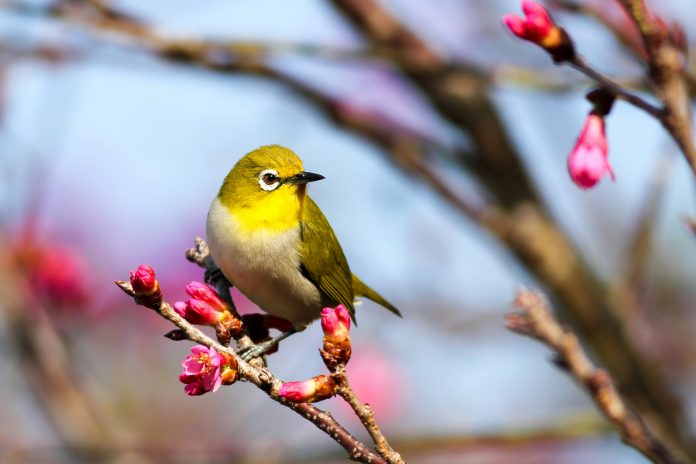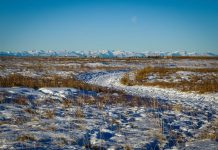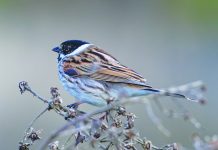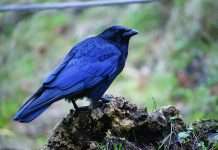A breeding bird monitoring survey in Nose Hill Park recorded a total of 70 species. Of 44 species tested, 22 were nesting and 22 were only visitors. Another 26 were random observations (not part of the survey). Birds flying over and not using the habitat were excluded from analysis. To assess how populations have changed over time, when a previous study was compared, a few species occurred in one year but not in both. However, the overall decline was in nesting grassland birds. The recent test recorded all birds observed during the breeding season (early June to early July) for ten minutes between sunrise and 10:00 am. A total of 23 circular plots surveyed on eight occasions were recorded with GPS technology and mapped. The habitats described and photographed were mostly tall or low shrub and woodland. The result was the disappearance of four (and decline of three) nesting grassland bird species. Here are some of the causes: human disturbance, loss of native grassland by non-native plants, lack of grazing, climate change, bird species outside Calgary, and off-leash dogs on the escarpment (slopes), especially during the breeding season. For effective conservation and management strategies, City Parks must continue to monitor breeding birds. World Migratory Bird Day was created in 1993 and celebrates a migratory bird’s spectacular migration; it is dedicated to raising awareness about the need to conserve migratory birds and their habitat. Aligning with the cyclic nature of bird migration in different hemispheres, it is officially celebrated on the second Saturday of May in Canada and the U.S, so on Saturday, 11 May in 2024. The official theme will focus on the topic of insects and their importance for migratory birds. For more information and resources, visit www.birdday.ca.









